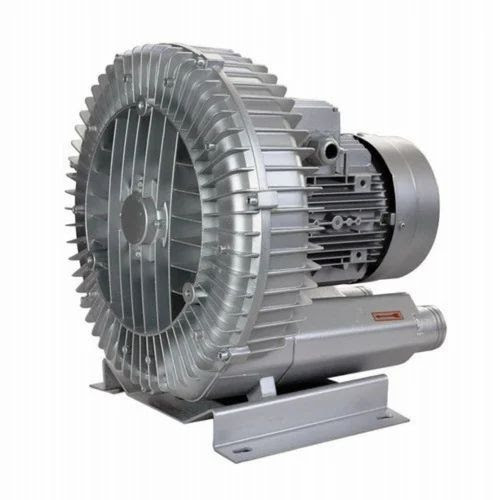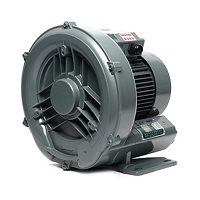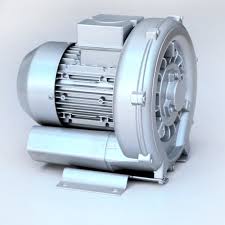What is difference between fan blower?
The key difference between a fan and a blower lies in how they move air and the pressure they generate. Fans typically circulate air over a wider area at lower pressures, while blowers generate a focused, higher-pressure airflow for specific tasks.
Here’s a more detailed breakdown:
Fans:
- Airflow: Fans move air in a more general, circulating manner, suitable for cooling a room or space.
- Pressure: Fans operate at relatively low pressure.
- Example: A ceiling fan or a box fan is a typical example of a fan.
Blowers:
- Airflow: Blowers direct air in a specific direction, often with more force, making them suitable for tasks like moving air into or out of a confined space, or for applications like drying or cooling.
- Pressure: Blowers generate higher pressure, allowing them to move air over greater distances or against resistance.
- Example: A hair dryer or a blower used in a furnace is an example of a blower.
In essence:
- Fans are for general air circulation and cooling, while blowers are for more focused, higher-pressure airflow.
- The pressure difference is a key distinction, with blowers capable of generating significantly more pressure than fans.
What is the best blower to buy?
Why is a phone called a blower?
What is the most powerful leaf blower?
What is difference between fan blower?
What type of leaf blower should I get?










